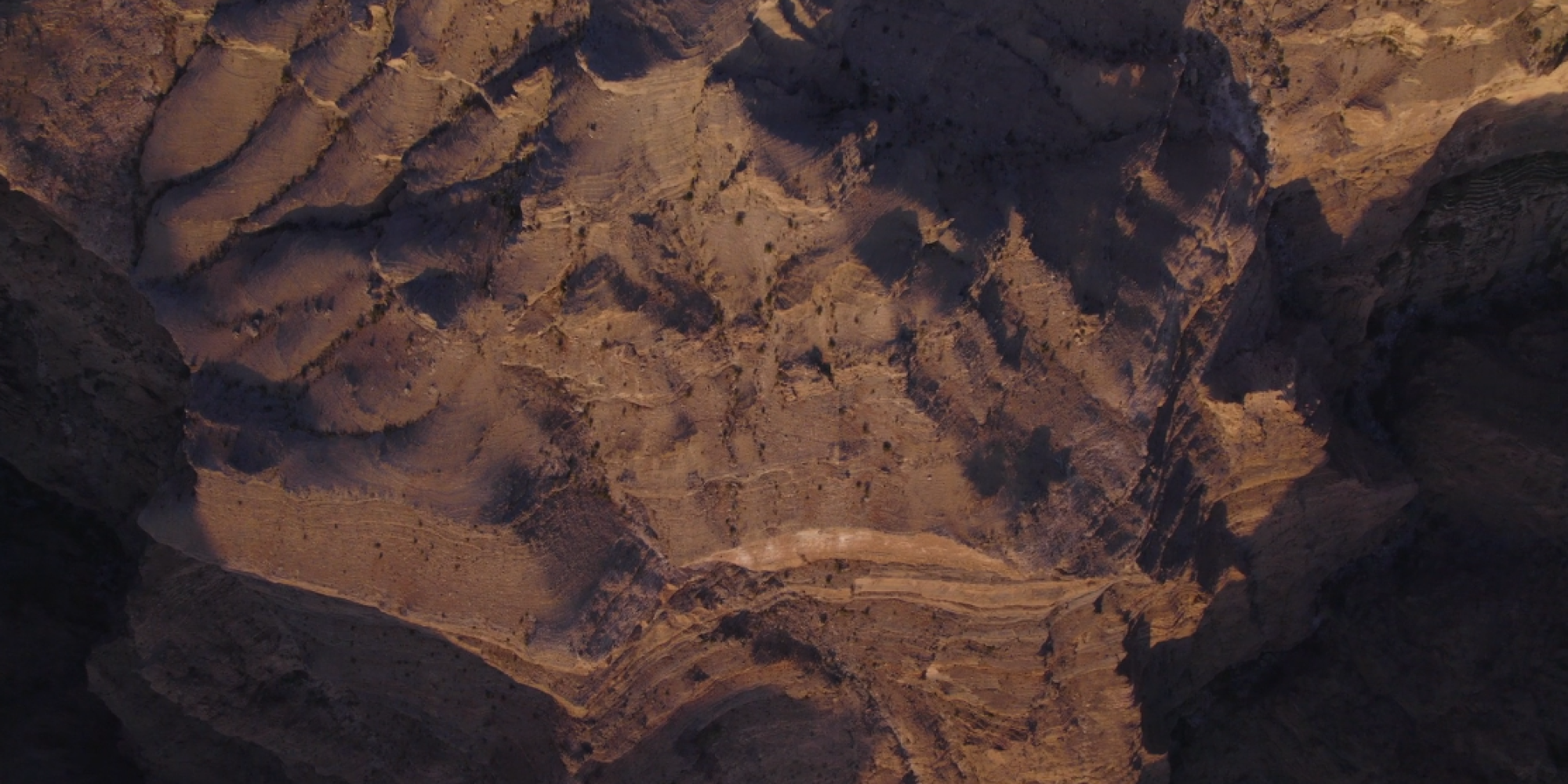
At SDDirect we are working to embed safeguarding into a range of climate programmes so that people can be kept safe from harm and to uphold inclusive and ethical commitments. This blog from Anna Gawn, Loulou Shah and Rebekah Martin explores why this is so important.
As climate change accelerates, the world is seeing more community displacement, dwindling natural resources, and intensifying environmental disasters. Climate change and related disasters, like floods, droughts, famines and displacement, disproportionately affect people in society who are already vulnerable, such as women, children, and discriminated-against groups. Climate programmes are critical in helping communities adapt and build resilience, especially when they factor gender equality, disability and social inclusion into their designs and approaches. Our experience, however, is that there is unequal consideration given to harms that could be caused by the programme itself, such as discrimination, exploitation, violence and sexual abuse perpetrated by its own personnel, including partners. Here is why we think it is so important to integrate safeguarding measures into climate change programmes:
1. Climate programmes can worsen existing social disparities, increasing safeguarding risks
Climate programmes often operate in regions where power imbalances are already wide. Adding a climate programme on top of existing social dynamics can increase opportunities for abuse and harm (safeguarding risks), especially to women, children and other marginalised groups. For example through climate programmes, agricultural bosses who set prices for produce have the opportunity to exploit female or vulnerable farmers; armed conservation patrollers or security personnel can coerce people with threats of violence; people can be exploited for work opportunities on climate programmes; or government or company bosses can pressurise or threaten indigenous people to move off their land.
2. Climate programmes are more likely to operate in remote settings so different prevention and response approaches are needed
Climate programmes often operate in remote places, where a lack of internet connectivity makes it challenging to use digital reporting mechanisms. Despite this, we have not seen this gap in reporting options being responded to with alternatives, like in-person training for staff to safely receive reports. Oversight and detailed due diligence across multiple partners is hard in remote programmes and there are few, if any, services (e.g. medical services) to respond to harms caused.
3. You can’t foster community trust and staff engagement when people don’t feel safe
While climate programmes are primarily about tackling environmental issues, they require engagement with people at all levels - whether staff or communities - from consultation to design and delivery, monitoring and evaluation, and of course as users of any service. Climate programmes often rely on close cooperation with local communities. When people feel safe and empowered, they engage in and contribute to programme success. Conversely, if people don’t feel safe to engage because of safeguarding risks, the programme is more likely to fail.
4. Safeguarding is key to sustainable and inclusive climate action
Safeguarding cannot be a luxury add-on for climate programmes. Climate justice goes hand in hand with gender and social justice, and a climate programme that addresses environmental challenges while protecting people from exploitation and harm is more likely to be sustainable, inclusive, and effective. As we face the growing impacts of climate change, we must ensure that safeguarding is embedded, identifying risks from the design phase and resourcing mitigations and responses appropriately.
Let’s continue the conversation:
-
Reach out to Anna Gawn (anna.gawn@sddirect.org.uk) for more information or to learn more about how we can embed safeguarding in your climate work.
-
Read more about our safeguarding portfolio here: Safeguarding | Social Development Direct